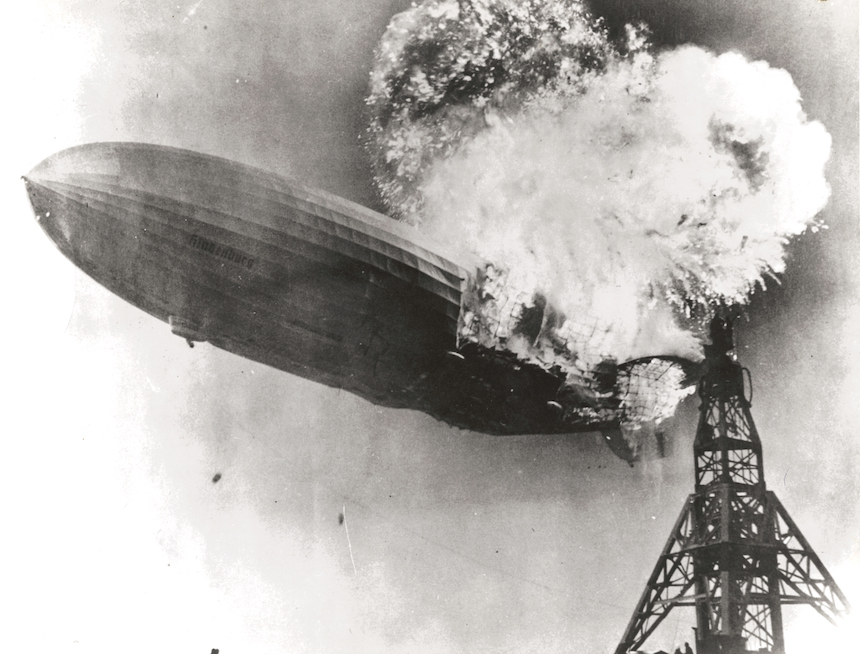
Eight years ago this month, on 6 May 1937, the German passenger airship LZ 129 Hindenburg caught fire and was destroyed as it was attempting to dock with its mooring mast at Naval Air Station Lakehurst in Manchester Township, New Jersey. Current information indicates that it was not the gas but a coating on the dirigible’s skin that was primarily responsible for the disaster.
Hydrogen safety experts say the misconceptions regarding the Hindenburg have colored perceptions about the use of hydrogen as a vehicle fuel ever since, but that hydrogen, like gasoline, can be handled and used safely with the appropriate practices and engineering measures in place.
PNNL notes thatthe Department of Energy’s Pacific Northwest National Laboratory (PNNL) manages the Hydrogen Tools safety web portal which provides resources and supports practices that will ensure safe handling and use of hydrogen in a variety of fuel cell applications.
“The future will likely see hydrogen’s use as an energy source impacting many areas of our lives, including the vehicles we drive, how consumer goods are warehoused and brought to market, and how critical emergency and communications systems are maintained through power outages,” said Nick Barilo, PNNL’s Hydrogen Safety Program manager. “Though its use as a consumer fuel is relatively new, hydrogen has long been an ingredient in many industrial processes, andcan be handled and used safely with the appropriate practices and engineering measures in place.”
— See more about Hydrogen Tools on the Hydrogen Safety Portal.
This article is published courtesy of Homeland Security News Wire.

